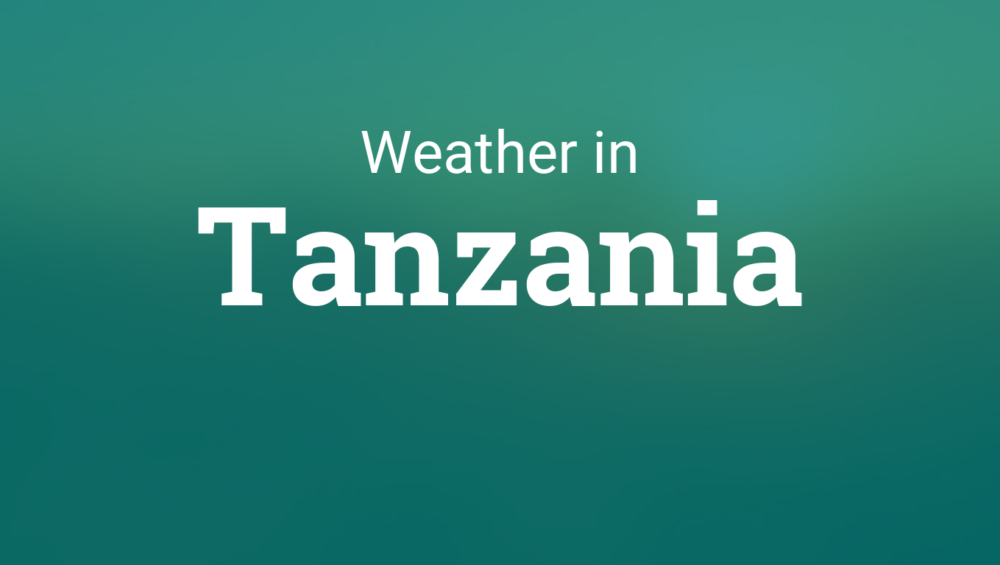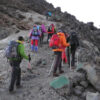Tanzania’s Weather
Tanzania, located in close proximity to the equator, enjoys a remarkably stable and pleasant climate. The weather here is characterized by moderate temperatures that seldom veer to extremes of heat or cold. On average, annual temperatures range from approximately +25°C in the southern regions to around +27°C in the north.
It’s worth noting that in places like Kilimanjaro and the Ngorongoro Crater, temperatures can occasionally dip below freezing, especially during the nighttime hours. Therefore, it’s advisable to pack warm clothing when embarking on a safari to the Ngorongoro Crater or when trekking.
Many travelers aim to avoid the rainy seasons in Tanzania, which occur from March to May (known as the long rains) and from the end of October to the first half of December (referred to as the short rains). Interestingly, December presents a unique combination of warmth and rainfall, creating a tropical safari experience. During the rainy season, heavy precipitation is common, but there are typically sunny interludes each day. The following table offers a rough annual weather overview
The average annual precipitation (mm) in Tanzania:
| Jan | Feb | Mar | Apr | May | Jun | Jul | Aug | Sep | Oct | Nov | Dec |
|---|---|---|---|---|---|---|---|---|---|---|---|
| 49 | 30 | 85 | 153 | 126 | 32 | 13 | 18 | 21 | 48 | 132 | 75 |
.
many travelers tend to steer clear of Tanzania’s rainy season when planning their safaris, it’s worth noting that major television networks like Discovery and National Geographic deliberately choose this period for filming their stories. This preference is rooted in the fact that the rainy season showcases local nature at its most vibrant, with lush greenery and, importantly, fewer tourist groups, offering ideal conditions for capturing exceptional photographs. What are the advantages of embarking on a safari during Tanzania’s rainy season?
One notable advantage of the rainy season is the absence of dust, in stark contrast to the dry season. Travelers exploring Tanzania during the dry months can anticipate scorching heat and the omnipresent dust, particularly when navigating rugged roads, often stirred up by passing safari jeeps. In contrast, the rainy season provides a virtually dust-free environment.
Additionally, traveling during the rainy season can yield financial benefits, as both accommodations and safari expenses tend to be lower. Accommodations typically constitute a significant portion of the cost of a Tanzania safari tour. However, during the rainy low season, prices decrease, offering an opportunity to save a substantial amount of money while enjoying the comfort of quality hotels.
There is only one notable drawback to the low season: some remote areas of Serengeti National Park may become inaccessible due to poor road conditions. However, these areas are seldom frequented even during the high season because of their remote location. In the wet season, some hotels in Tanzania, particularly in Zanzibar, may close for annual maintenance. Nonetheless, we collaborate with select hotels that remain operational year-round, ensuring that your travel plans are not compromised.


